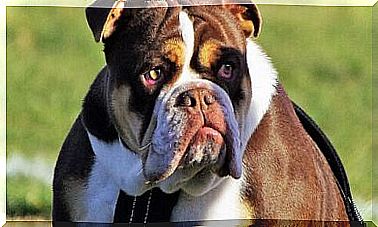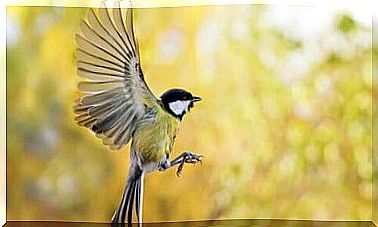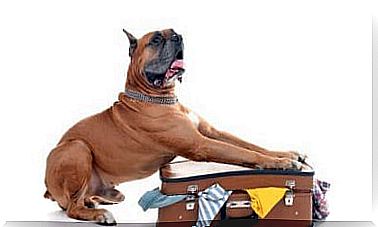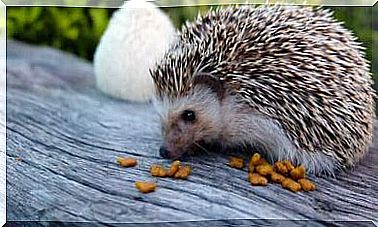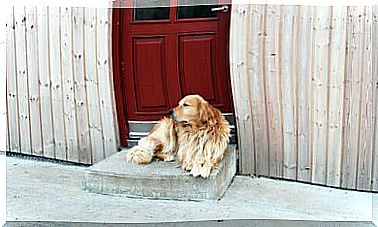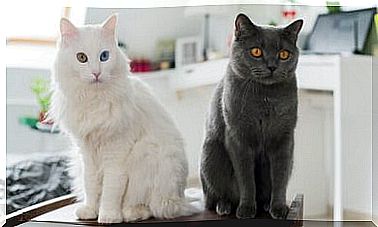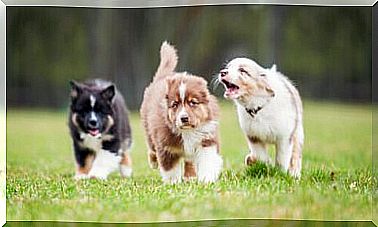Does Your Dog Eat Too Much? Here’s How To Help Him
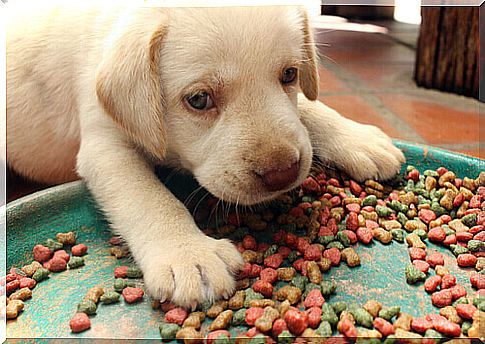
Gluttony and greed are the two “deadly sins” of our four-legged friends. If your dog literally makes everything in sight disappear, he is voracious and may eat until he burst, then keep an eye on him the risk is that he will end up getting sick. Remember that a dog with correct eating habits is a healthy and strong animal. Today we explain how to help your dog when he has a habit of overeating.
My dog eats too much: why?
There are some dogs that cannot satisfy hunger and look forward to the moment we fill their bowls. When we are seated at the table, they take up positions, waiting for something to fall to the ground; or they cry to persuade us to offer them some of our dinner.
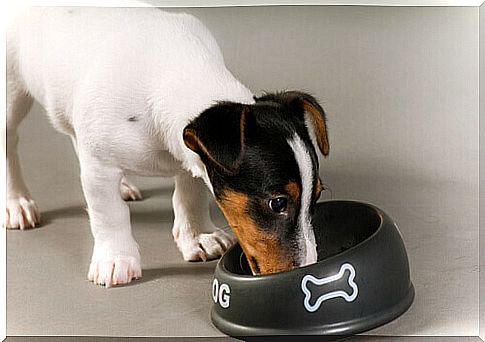
Veterinarians maintain that a “greedy dog” is not born, but made. This means that based on the education received as a puppy, so the dog will behave as an adult. The dog’s bad eating habits are mainly due to the fact that family members “spoil” him, offering him food after hours or while he is already eating something else.
Also, if the dog doesn’t play or move enough, it will take refuge in food. It will be seen as a source of satisfaction in the face of so much accumulated and not disposed of energy.
It is good to know that the dog does not understand the importance of following the rules, but is based on experience and on the repetition of gestures. The same happens with appetite.
Finally, do not hesitate to take him to the vet to rule out the possible presence of a disease that causes him to overeat. The two most common pathologies in this case are diabetes mellitus and hormonal imbalances.
My dog eats too much… and too fast!
Another common problem in dogs is the habit of swallowing almost without catching a breath. This is extremely bad for health. Swallowing food without chewing is a gesture guided by the instinct that the dog has inherited from its ancestor, the wolf; an instinct that can cause digestive disorders.
The faster you eat, the less you chew. The risk is that the dog may ingest some bones or that the food gets stuck in the throat. If we add to this the air that is swallowed by chewing, it explains the origin of gastric problems, belching or air in the intestine.
Undoubtedly, however, one of the main risks related to eating quickly and without chewing, is represented by gastric torsion. It is an acute disease that must be treated with the utmost urgency, as it can be fatal within hours. The death rate is very high. Symptoms of gastric torsion are a swollen stomach, hunched gait, apathy, and an unsuccessful attempt to vomit.
Tips to help your dog not eat too much (or too fast)
There are more vacuum dogs than people think. Almost all households with dogs have one. If this is the case for you, pay attention to the following tips:
Give it small portions several times a day
It is advisable to divide the daily food ration into at least two smaller meals, so that the dog can digest better and not spend too many hours on an empty stomach. In this way the animal will be less hungry and will not throw itself on the bowl.
Turn him the bowl or plate upside down
This is not a magic trick or anything like that, just the bottom of the plate has a different shape; it often has convex parts or other obstacles that force the dog to make an extra effort to finish all the food. There are several models on the market, some even have simple “games of wits” to perform their function better.
Toys that can be filled
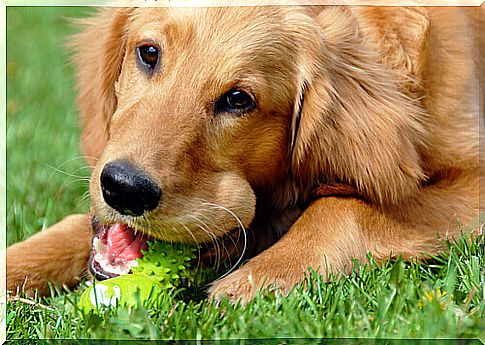
In specialized shops you can find special toys that can be filled with food or kibble. They are made of rubber and make sure that the dog finds food while playing; these toys develop the hunting instinct in the dog.
Finally, if you have more than one dog at home, we recommend that you feed the food separately; on the contrary, it could increase stress and the rush to finish food immediately in animals. During the meal, having another animal nearby can generate in the dog the fear of being attacked or threatened and therefore the habit of eating quickly.
